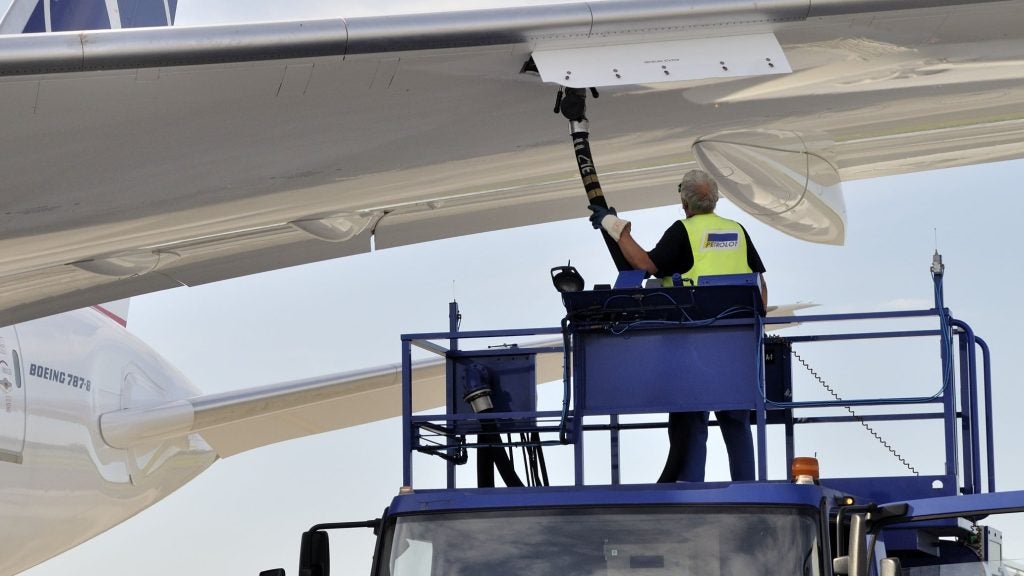
Tribute should be paid to all the individuals that strive day and night for the safety and efficiency of the air transport industry. Every technical field and job is an essential brick in the wall of passenger and aircraft safety. Fortunately, tools have been developed to lighten the burden and decrease the stress of all involved in these day-to-day challenges.
Airport ground lighting
Airfield ground lighting (AGL) is critical as it allows airports to remain operational at night or during adverse weather conditions. Indeed aircraft have to be able to use approach, runway and taxiway lighting at all times and with ever-smaller intervals between each other.
If airfield lighting cannot fulfil its category role, then in bad weather conditions, aircraft have to be rerouted to alternate airports, bringing higher costs to the airlines, inconvenience to passengers and non-environmentally friendly transport as fuel consumption is increased, and noise forecasts and patterns are not respected.
Therefore, the airfield ground lighting installation has to be at its optimum level to ensure excellent guidance for the pilots. As airfield lighting equipment from various manufacturers has reached more or less equivalent levels of quality and reliability, availability of AGL now lies in the hands of the airport electrical/airfield lighting teams. These teams face the constraints of less time to access airside installations to carry out maintenance. They are also obliged to frequently report the compliancy level of their AGL systems.
See Also:
Various factors will cause lower light output of the fittings. If we look at the fittings themselves, we have:
How well do you really know your competitors?
Access the most comprehensive Company Profiles on the market, powered by GlobalData. Save hours of research. Gain competitive edge.

Thank you!
Your download email will arrive shortly
Not ready to buy yet? Download a free sample
We are confident about the unique quality of our Company Profiles. However, we want you to make the most beneficial decision for your business, so we offer a free sample that you can download by submitting the below form
By GlobalData- Lamp aging – this will be less critical with the implementation of LED-based light sources
- Dirt on the prisms brought by the aircraft tyre rubber
- Kerosene
- Dust
- Various chemicals used for de-icing in winter
- Damage from snow ploughs
- Possible internal condensation and associated consequences generated by poor watertightness of older fittings
The status of the power supply system – cables, isolating transformers, regulators – can also decrease the light output with lower-intensity flows in the lamp filament. This will become more important when the airport has heavy traffic and is situated in an area with poor weather conditions or pollution that necessitate the AGL to operate for longer and at higher intensities.
International standards
Considering these factors, having the AGL system in strict conformance with international standards is a daily challenge for the technical teams that are in charge of keeping the system at its optimum level. The ICAO standards are very clear on the requirements to be met by defining a minimum level for the light output at 50% of the nominal value and also defining a minimum percentage of serviceability to be respected for a complete facility – for example runway centreline at 95% in category III operation, or touch-down zone at 90%.
In order to fulfil these obligations, ICAO requires airports to employ a system of preventive maintenance that should use a mobile measuring unit for the photometric airfield calibration of the AGL installations. Maintenance teams therefore have a tool that will allow them to target their time-limited interventions and also to make sure that maintenance that has been done gives the proper results in terms of conformance to the ICAO standards.
For example, FB Technology has been developing mobile measuring units since 1993, these 15 years of experience and shared works with airports all over the world have shown that frequent measurements of the AGL using the PAC system would bring an overall serviceability level higher than 95% where it used to be at 60/70% in the past.
It is also gratifying for the electrical personnel to get job sheets for the night where they have to maintain a certain number of fittings identified in the last PAC measurements, do the job and then, a few minutes later, get the new PAC report showing that their job has led to a full compliance with the ICAO requirements.
Experience has shown that maintenance works were considerably lower and simplified using the mobile PAC system as the targeted areas were easily identified saving considerable time to the personnel. Airfield lighting fittings are also changed when needed and before they are completely drained. This means that emergency actions required to be undertaken because two adjacent lights are found faulty during visual inspections are no longer necessary. Airport maintenance teams are therefore working in a stressless environment and air traffic controllers know that the AGL will be in full swing if they need it.
Obviously such measurement systems have to be reliable, repeatable and precise enough to provide as accurate a measurement as possible. We have to consider that ICAO sets the unserviceability level of a fitting at 50% of its nominal level – meaning that 49% is bad, 51% is good. The measuring equipment therefore needs to be as precise as possible and also has to be able to measure approach lights at 20,000 candelas (cd) with at least the same precision as stop bars lights at 200cd or taxiways fittings at 20cd.
Runway fittings
The question of stop bars, taxiway lead-on and exit taxiway light fittings is also critical, because these fittings are either the last ones a pilot sees before entering the runway or the first ones he sees when leaving the runway. These fittings have to be above the 50% serviceability level and two adjacent lights cannot be unserviceable at the same time. This is of course to ensure proper guidance to the pilot. A mobile unit therefore needs to be able to accurately measure these facilities.
We also believe that the taxiway centreline fittings that form the CAT III routing for aircraft from parking stand to the runway (and vice-versa) need to be thoroughly measured and maintained in order to ensure the necessary guidance to the flow of aircraft that have to be safely channelled, even in the worst weather conditions.
Mobile measuring units, such as the PAC system, bring considerable savings to airports. They ensure the highest level of serviceability of the AGL and therefore the highest possible level of safety and operability for the airport while providing pilots with a fully compliant lighting system and giving the airport personnel the satisfaction of achieving the best AGL system possible.





